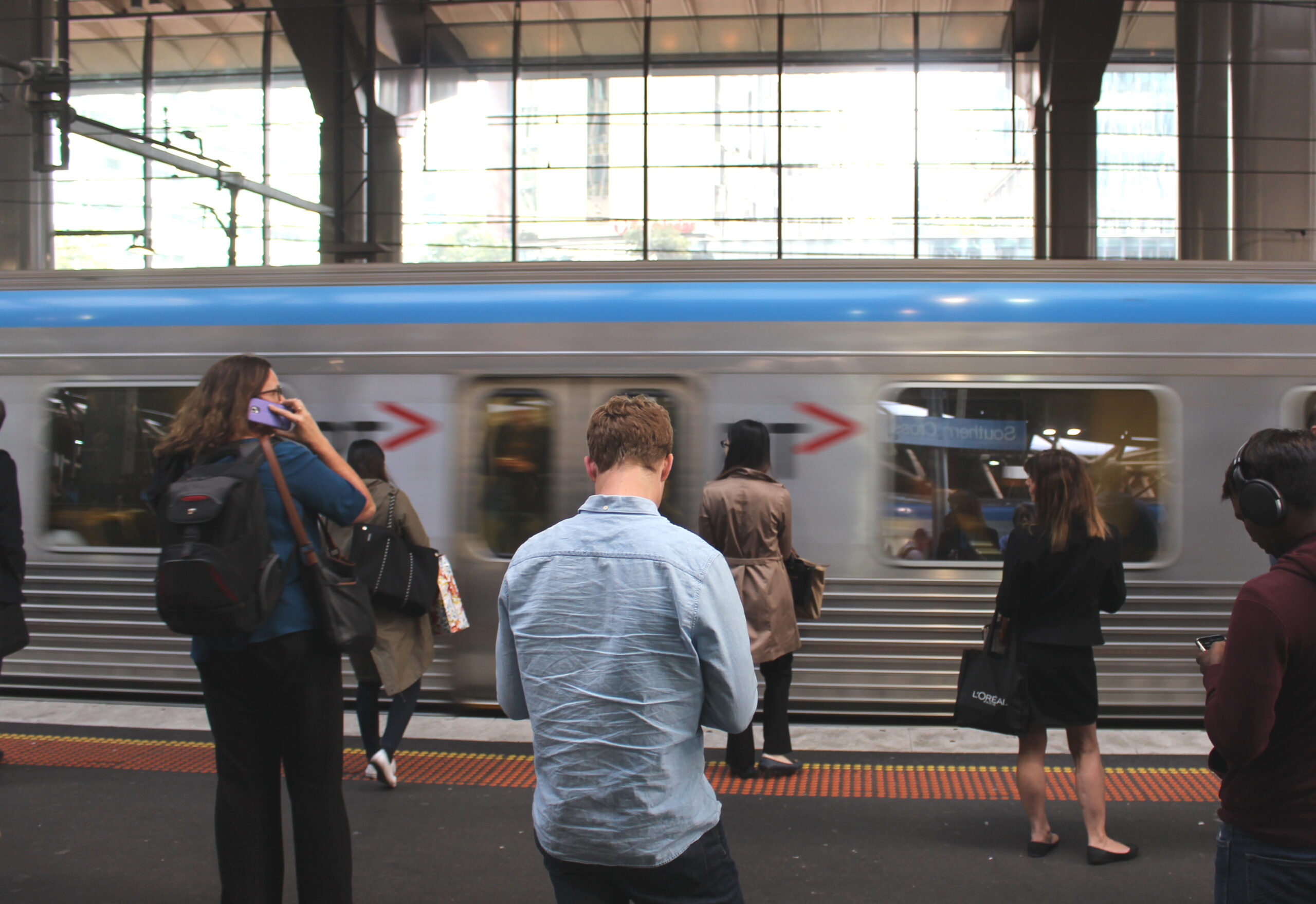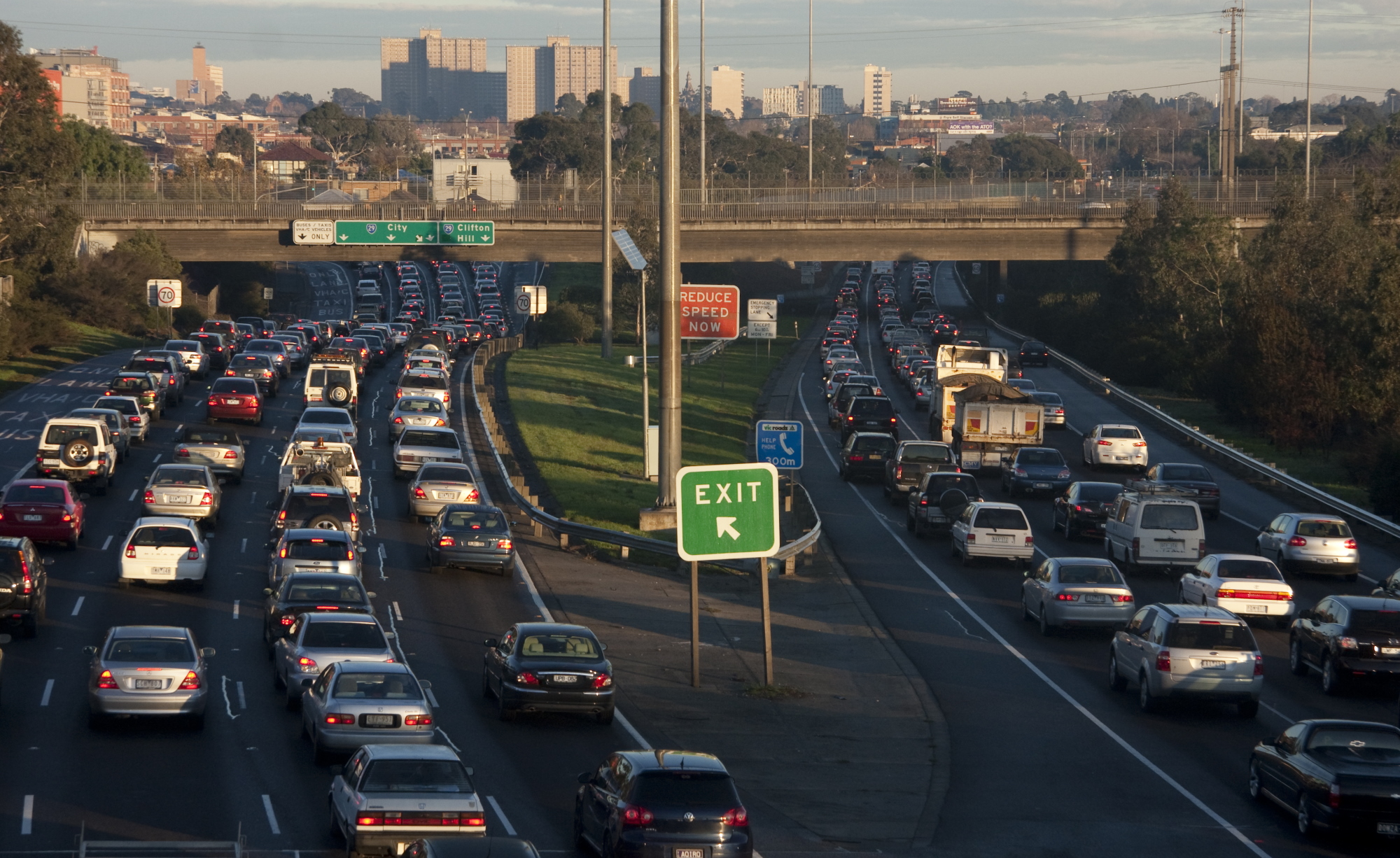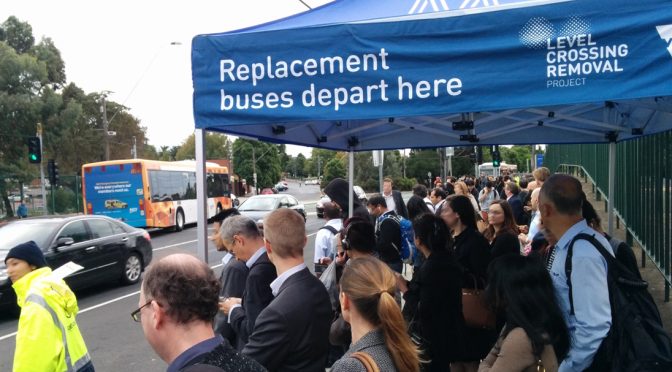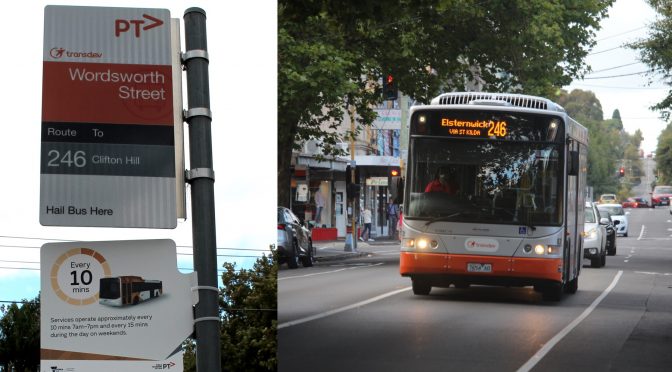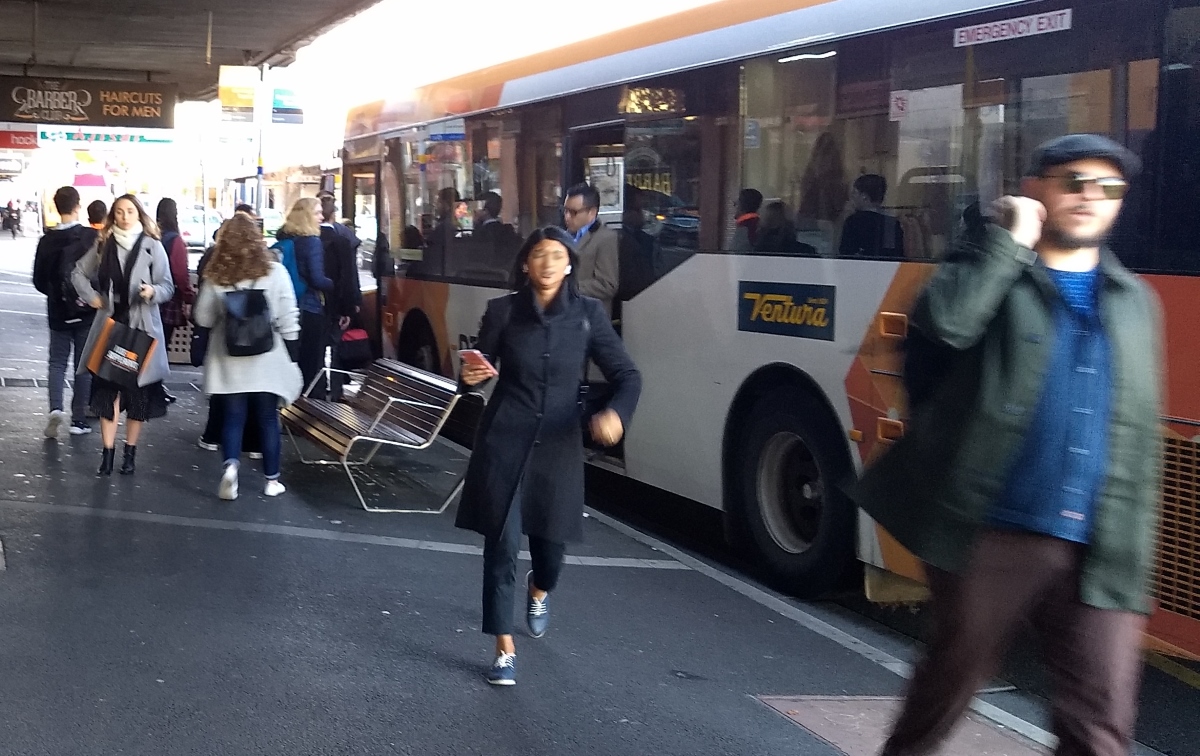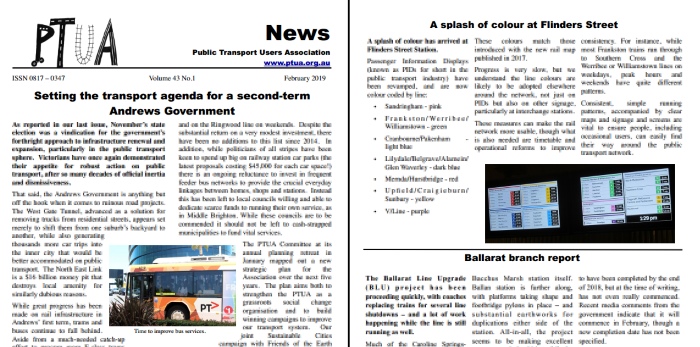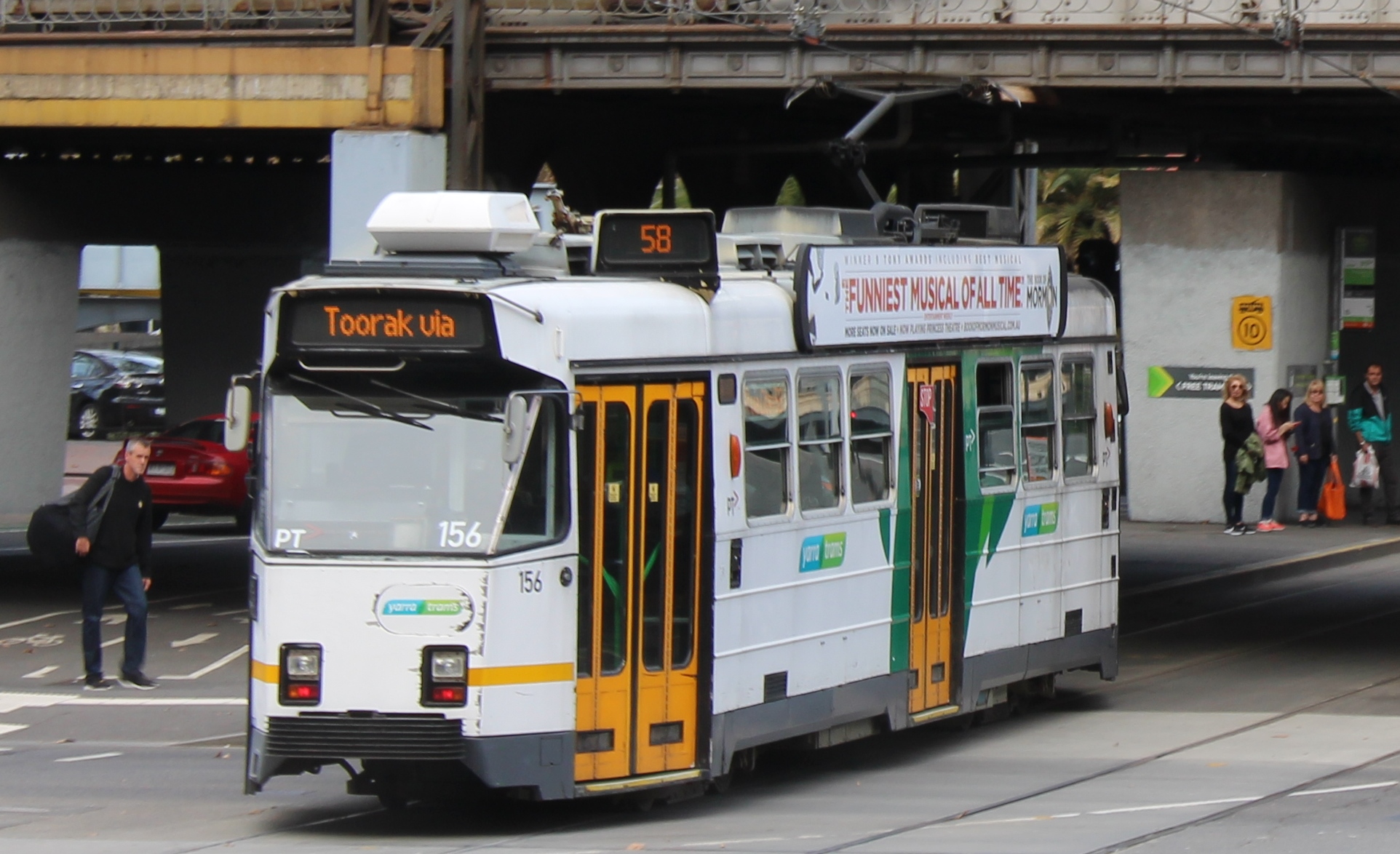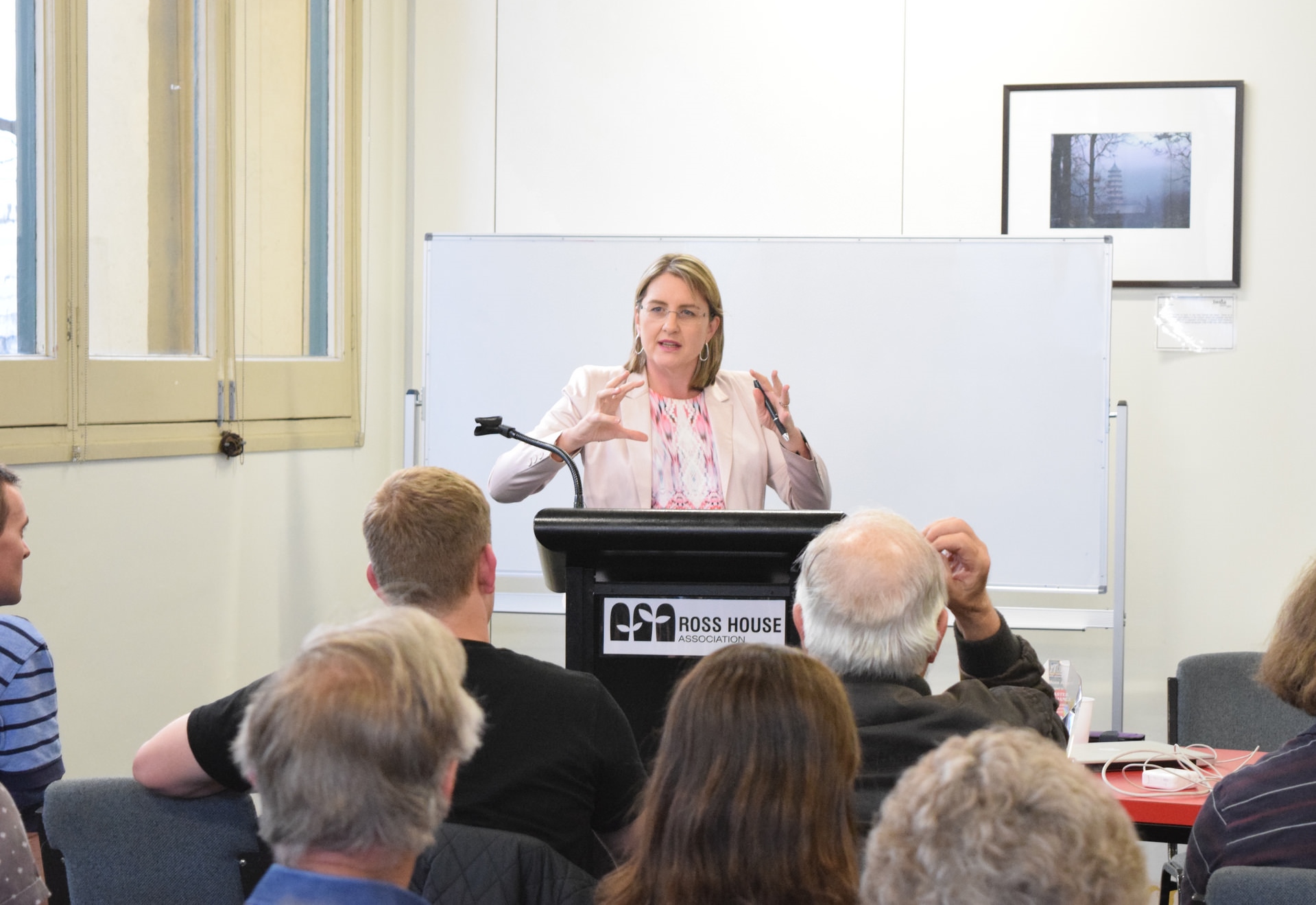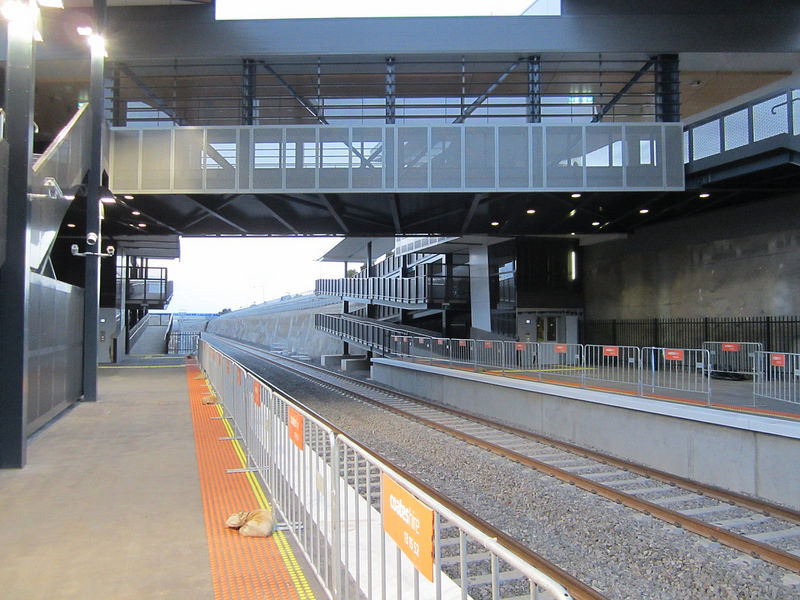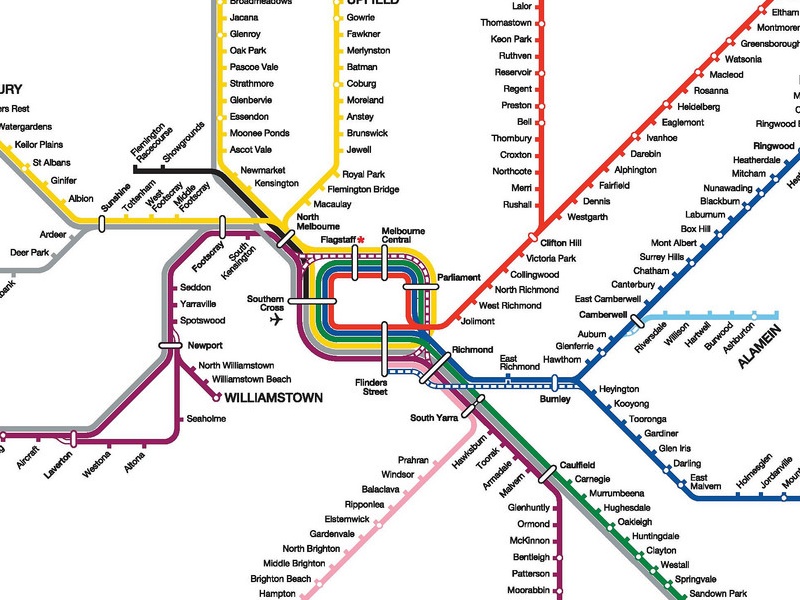Category: Newsletters
-
The wires that bind, and the cars that choke
Saul Griffith’s recent Quarterly Essay “The Wires That Bind” outlined an ambitious programme for renewable electrification to stem dangerous climate change, driven by local community action and without reliance on unproven technologies. It also makes clear how massive is the challenge posed by the energy transition, with millions of individual machines having to ultimately be…
-
Big Build burnout?
While we all want a better transport system, disruption fatigue is becoming a real factor for passengers, particularly on the train network. On some lines, there have now been major disruptions every year since 2016. Not all of these are in the name of better rail services. This winter a two week shutdown of lines…
-
Why ignoring the timetable might be good for passengers
The release of the Victorian government’s bus plan has highlighted many planned initiatives, but one that got some attention is ‘rapid running’. This article from the PTUA’s June member newsletter explains what it means. If you’ve ever been on a bus that sat waiting at a time point for its scheduled departure time, a new…
-
In defence of buses
From time to time politicians and others push the misleading line that passengers don’t like buses, and that they’re only a last resort form of public transport. It’s true that patronage on many bus routes is poor, but this is because the service is poor, and because bus routes are poorly understood by potential passengers.…
-
PTUA February newsletter
PTUA members! The February newsletter is now out, and covers Infrastructure Australia, the true cost of roads, the mobile Myki trial, reports from our Geelong and Ballarat branches, and more. If you’re a current member you should have received it via mail or email. Didn’t get yours? Email the office: Not a member? Join here!
-
Lacklustre debut for route 58, while other tram routes suffer
On 1 May Yarra Trams commenced running a new tram route 58, a reorganisation of existing routes to West Coburg and Toorak. This change had been a long time in planning, and was aimed at providing a higher daytime frequency on the increasingly popular William Street route, and providing a direct east-west connection complementing the…
-
V/Line: Jack of all trades…?
V/Line has been very much a victim of its own success over the last decade, with each new investment, from Regional Fast Rail to the Regional Rail Link, resulting in a boom in passenger numbers. This shows that when governments invest in a decent public transport option, people will flock to it – but unfortunately…
-
Audio: Jacinta Allan PTUA address and Q+A
For those who couldn’t attend, here is audio from our Annual General Meeting in December, of Public Transport Minister Jacinta Allan’s address and Q+A session. Want to skip straight to the questions? Jump to 17 minutes 30 seconds in.
-
PTUA tours Regional Rail Link
On July 15 the Regional Rail Link (RRL) took a significant step towards completion when the new pair of tracks from Sunshine to Southern Cross was used for the first time by Ballarat and Bendigo trains. Just before the new section opened, the PTUA’s Tony Morton, Daniel Bowen and Paul Westcott were given an escorted…
-
PTV’s new proposed rail map
As mentioned in our May member newsletter, PTV is seeking comments on this new design for the rail map. Click on the map to see it full size. Leave a comment on our Facebook page – or you can send your feedback directly to PTV.
-
Better signalling = more trains. How moving block signalling could boost capacity across Melbourne’s rail network
New thinking is signalled for Melbourne’s transport woes Melbourne faces big decisions about what kind of city it wants to be in the 21st century. Our State Government is now driven by a vision drawn from Los Angeles. The East West Link promises not merely to increase levels of car and truck traffic and pollution.…
-
‘Trains not tollroads’ campaign revs up
From the PTUA’s September newsletter. Join now to receive regular newsletters and support better public transport. In November 2010 Ted Baillieu said of Doncaster rail: “The easiest thing to do would be to do exactly what this [Brumby] government has done and do nothing. We are not going to do that, we are going to……
